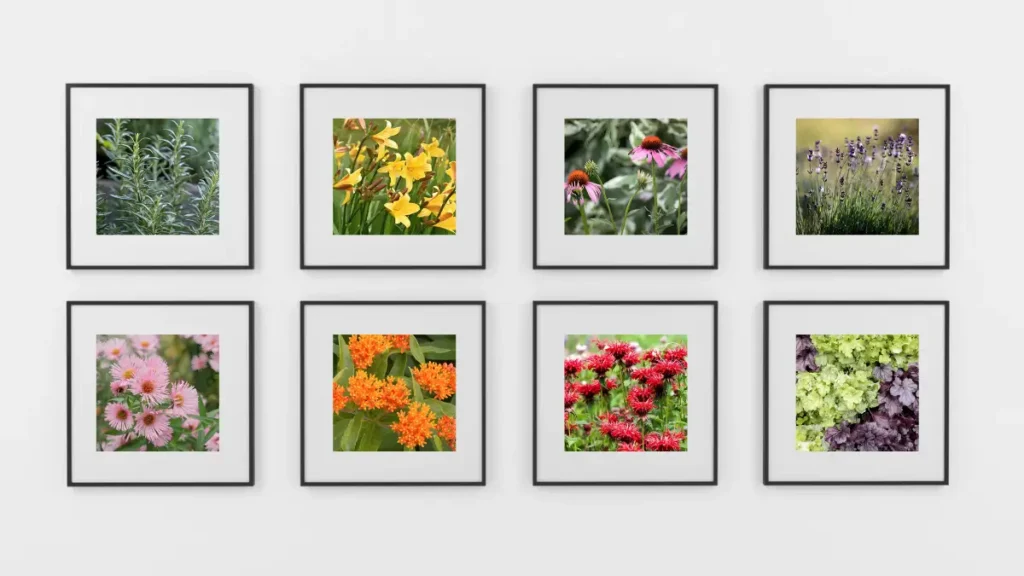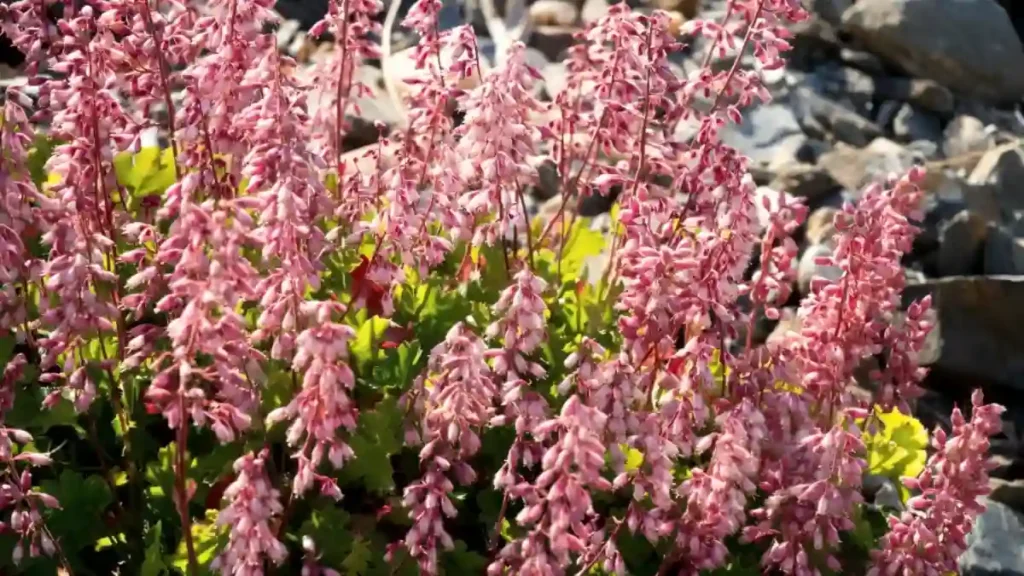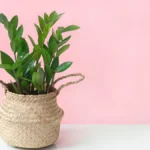Plants that flourish in poor soil are resilient species adapted to low-nutrient situations. Most plants prefer clay and organic debris that drains easily. Determining the type of soil you’re dealing with is a smart idea if you’re looking for plants in poor soil. In this article, a few of the best plants for poor soil are covered in detail.
Find out the plants for poor soil:
Although plants can survive in poor soil, they could require special attention and modifications to flourish. These are some tips.
Best plants for poor soil:
- Rosemary:
An aromatic perennial that can withstand drought is rosemary. In the spring and summer, clusters of tiny, pale blue-to-white flowers emerge.
- Rosemary prefers sandy or loamy soil that drains well and grows best in full sun. It’s recommended to dry off the top several inches between waterings.
- In addition, it thrives in arid soils, adapts to the severe and local conditions of the Mediterranean region, and thrives as a plant in any type of bad soil.
- Coneflower:
Bachelor’s button, another name for cornflower, is a hardy perennial flower that will liven up dull parts of the landscape.
- Cornflower thrives in rich, well-drained, alkaline, and well-drained soil, despite preferring full light. It can withstand humidity and drought, and thrives in compacted clay.
- Cornflowers require only an inch of water per week, especially during the hottest days of July and August, and should be maintained at moderate temperatures and alkaline soil.
- New England Aster:
An exceptional fall flower is the new england aster. In southern areas, it is best to grow them only in the spring. Even in low soils, this perennial plant thrives.
- For optimum growth and bloom, new england asters require full light. Although they may thrive in a variety of soil types, these plants need rich soil with a pH that is slightly acidic and sufficient drainage.
- Asters from new england prefer damp soil. Clay dirt doesn’t bother them. During times when there is little to no rainfall, give your plants plenty of water.
- Butterfly weed:
The native North American shrub known as butterfly weed bears clusters of tiny, vivid orange flowers. They may thrive in a variety of soil types, including sand and clay.
- It requires direct sunlight and often favors a pH of neutral to slightly acidic. In April, butterfly weed produces an abundance of orange blossoms.
- Providing it with a weekly watering of roughly one inch by irrigation and rainwater. At maturity, it stands one to two feet tall.

- Lavender:
A common perennial with gray-green foliage, lavender is aromatic. It flourishes even in low soils since it is a durable, robust choice for practically any kind of soil.
- Plant lavender plants or position them in direct sunlight. Your lavender will smell better in alkaline or particularly chalky soil.
- For mature lavender, do not water. When planting lavender plants, water them frequently throughout the first growing season. At maturity, it stands two to three feet tall.
- Daylily:
The daylily is popular among gardeners due to its ease of cultivation and ability to withstand hot weather and drought. This plant can survive in unfavorable soil conditions.
- A minimum of six hours of direct sunlight every day is necessary for daylilies. Although they may grow in any sort of soil, daylilies favor loamy and fertile soil.
- During the initial growing season, give daylilies regular watering. At maturity, it ranges in height from 6 inches to 5 feet.
- Bee Balm:
A plant that can grow practically any place is bee balm, usually referred to as bergamot. They may survive in a range of poor soil types.
- The optimum conditions for bee balm are at least six hours of full sun per day, however, it can tolerate little shade. Rich, wet soil with a pH of 6.0 to 7.0 is ideal for planting it.
- For bee balm, the old-fashioned method of providing one inch of water per week will suffice. Minimize wetting the leaves and water at ground level to minimize powdery mildew issues.
- Heuchera:
In the heuchera genus, which includes hundreds of variants and hybrids, the popular term “coral bells” covers several species.
- Coral bell types thrive in partial shade, warmer climates, with heuchera preferring neutral to slightly acidic pH range and humus-rich soil.
- To maintain the happiness of established plants, provide one inch of water weekly, as they can withstand drought and grow up to 8-18 inches tall and 12-24 inches wide.
Conclusion:
In conclusion, significant difficulties, such as nutritional deficits, decreased water retention, and inadequate root support, are frequently faced by plants growing in poor soil. Adding compost, organic waste, or specific fertilizers to poor soil might improve its quality. The plants for poor soil that are particularly mentioned above will be beneficial for your garden.
Certainly! If you’d like to learn more, please consider following our WhatsApp Channel: Harvest Gardening
A frequently asked questions:
Q1. What is poor soil?
A1.Poor soil is unsuitable for healthy plant growth because it cannot retain essential nutrients and moisture. is suitable for enhancing weak soil and soil conditioner.
Q2. What is the best grass seed for poor soil?
A2. A combination of hardy species, like fescue, ryegrass, or some types of Bermuda grass, which can withstand low fertility and quickly establish, is the ideal grass seed for poor soils.
Q3. What are some good perennial plants for poor soil?
A3. Russian sage, yarrow, and sedum are hardy perennials that thrive in poor soil because of their low nutrient needs and tenacity.
Q4. What crops grow best in poor soil?
A4. Because they can withstand low nutrient levels, crops including potatoes, radishes, carrots, and some types of beans thrive in poor soil. Furthermore, hardy plants like spinach and kale may tolerate poor soil conditions with little help.
Q5. What is the best flowering shrub for poor soil?
A5. Lavender thrives in dry, well-drained, and nutrient-deficient soil, making it ideal for poor soil. Russian sage is drought-tolerant, readily adds color, and grows well in these kinds of environments.



